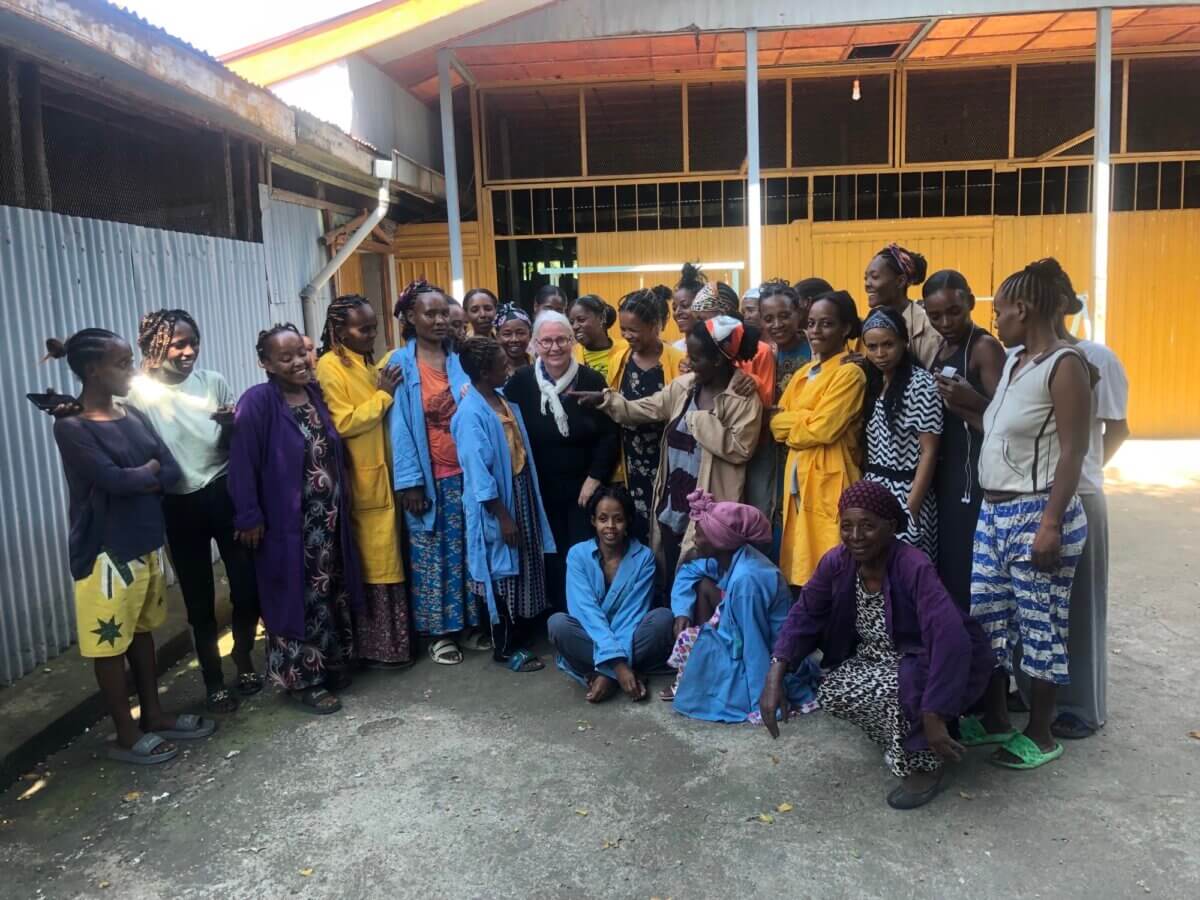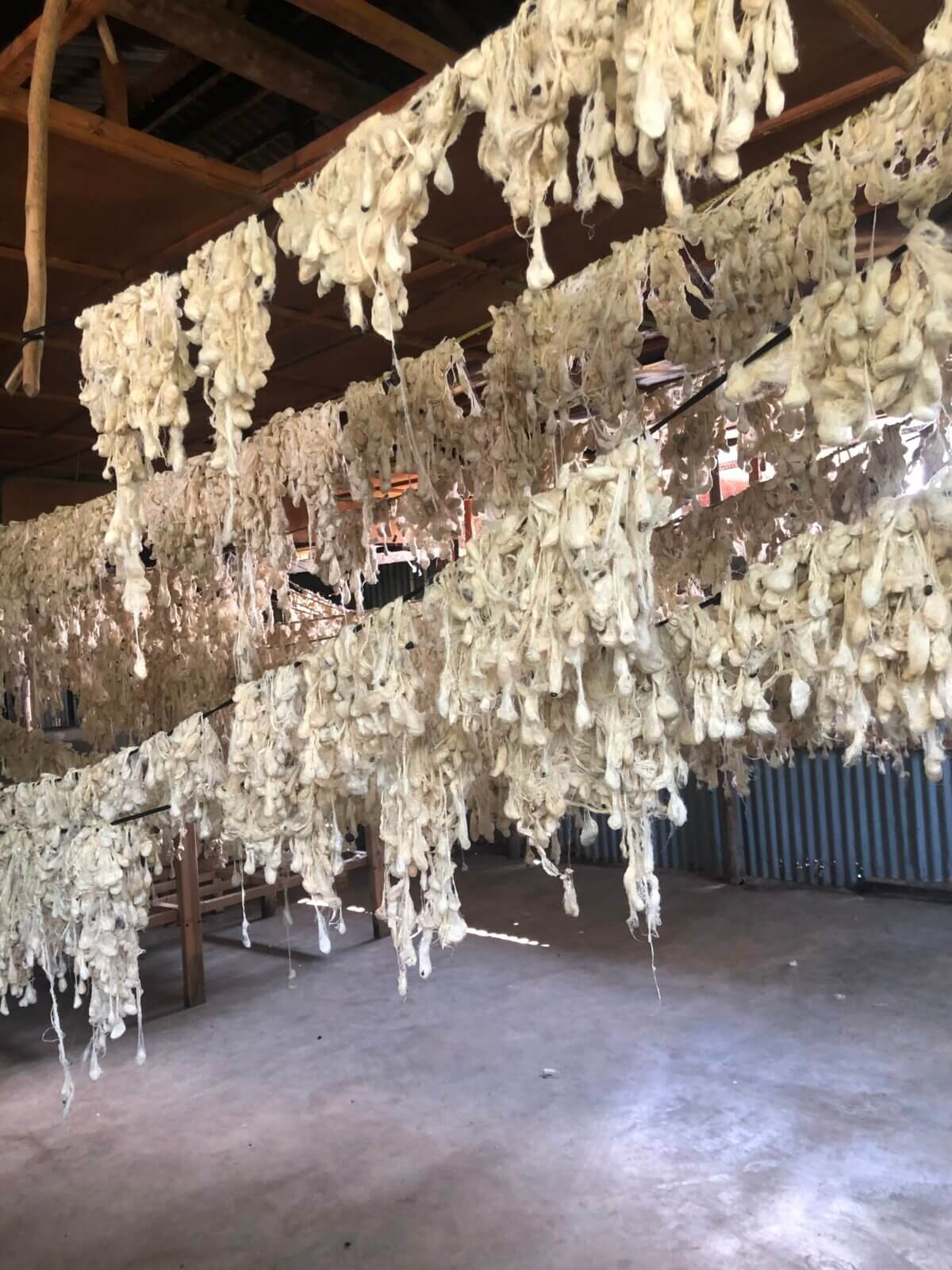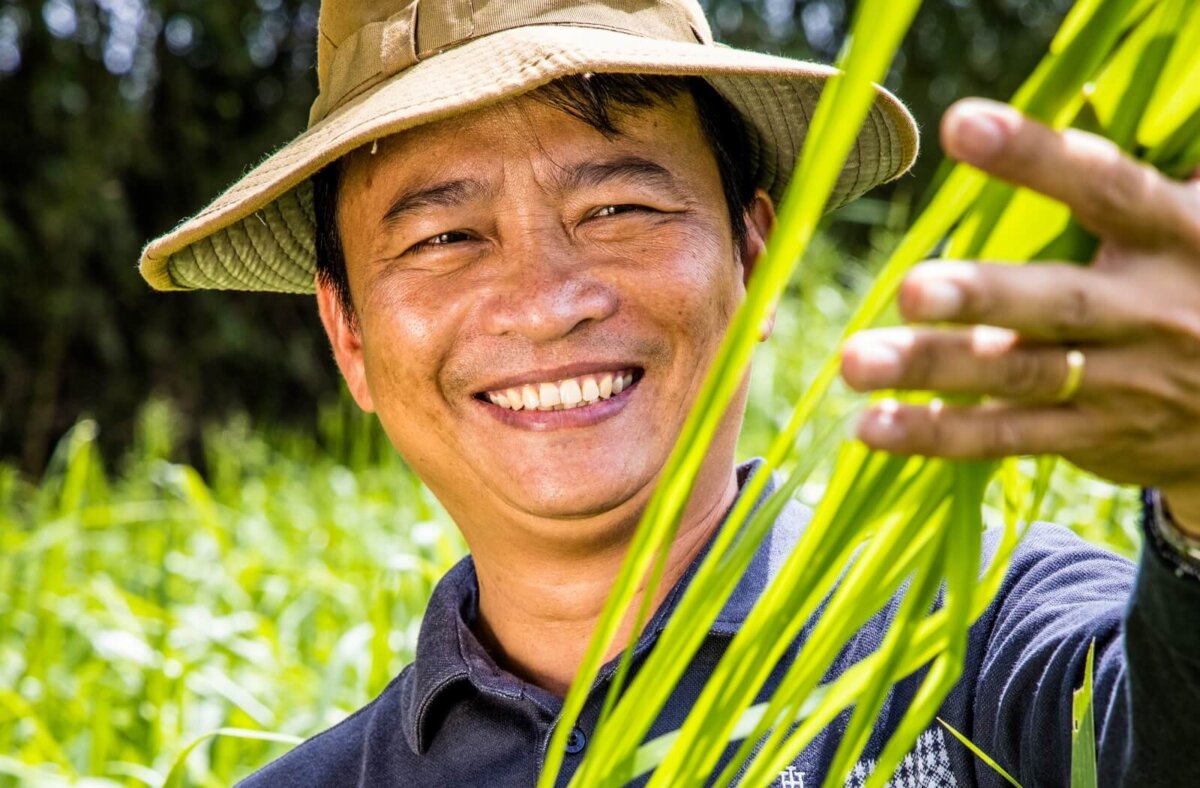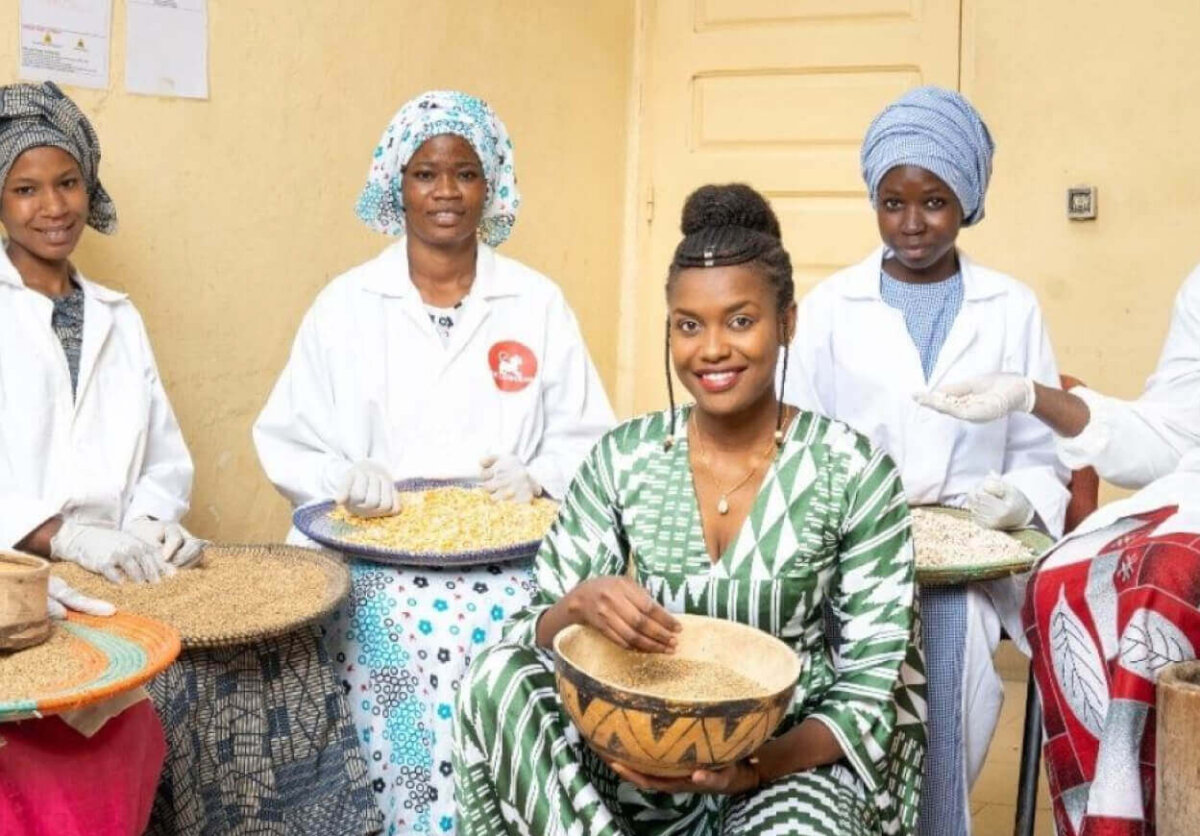- Projects
- From farm to fashion
Empowering women and youth through Eri Silk Production

Bere Har Silk Production is more than just a silk manufacturing company – it is a place providing employment opportunities for approximately 100 individuals in Ethiopia. Among them, 50 women are engaged in spinning, 10 individuals specialise in weaving and tailoring, while the rest support various other aspects of the business. PUM worked together with the company on enhancing the quality of Eri-silk hand-spun yarns, handwoven silk fabrics, and garments to meet customer and local market requirements.
Situated on a 250-meter land area, the company manages the entire silk production process, from plant cultivation and silkworm breeding to yarn spinning, weaving, and fashion design. This unique business not only creates high-quality silk fabrics but also empowers women and youth by equipping them with valuable skills and providing a sustainable source of income.
Challenges in the silk production process
Despite its success, Bere Har Silk Production faces several challenges that hinder its growth and efficiency. The breeding process of the mulberry silkworm needs improvement to ensure higher silk yield. In terms of spinning and weaving, there is a need to fully understand the potential of the simple spinning wheels. Upgrading from two-shaft to four-shaft looms and addressing bamboo reed damage are crucial for better fabric quality. The company would also like to increase their knowledge on natural dyeing and the use of indigo plants in the dyeing processes. Additionally, Bere Silk Production is looking for innovative ways to utilise leftover fabric, as it is essential to minimise waste and maximise profitability.

Enhancing skills and quality through
training
PUM expert Bernadette Damhuis stepped in to train the artisans on location in November last year, focusing on enhancing their hand-spinning and hand-weaving skills. Her training and advice covered the production of finer and more even silk yarns, improving the overall quality and consistency of silk fabrics, and exploring new fibre combinations for better texture and durability. She also provided guidance on achieving finer, smoother fabrics that are more suitable for high-end garments.
Bernadette: “Even though irregular yarns are a characteristic of Eri silk, they can be improved through proper twisting techniques”. During Bernadette’s visit, several improvements in the production process were directly implemented. The artisans have received instruction on spinning and twisting silk for stronger yarn. Hands-on training in weaving and pattern reading has been provided, and traditional two-shaft looms have been upgraded to four-shaft looms. Four new scarf designs have been introduced to enhance product variety, and ways to repurpose leftover woven fabrics into bags and cushions have been explored.
A
brighter
future for silk artisans
Through these interventions, the artisans at Bere Har Silk Production are moving toward producing higher-quality silk fabrics that meet both local and international market demands. This initiative not only strengthens their sustainable craftsmanship but also enhances their economic prospects. With ongoing training, international market connections, and continued remote guidance, Bere Har Silk Production is set to make a lasting impact, transforming lives while preserving the rich tradition of silk weaving.





